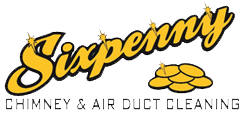Tag Archive for: cleaning tips
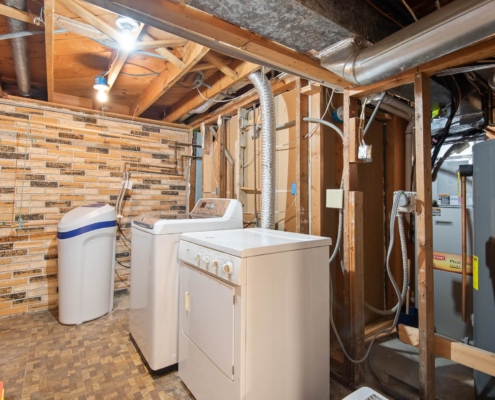
The Importance of a Clean Dryer Vent
/
0 Comments
A dryer vent plays a critical role in ensuring your dryer functions optimally. Below we look at the importance of a clean dryer vent.
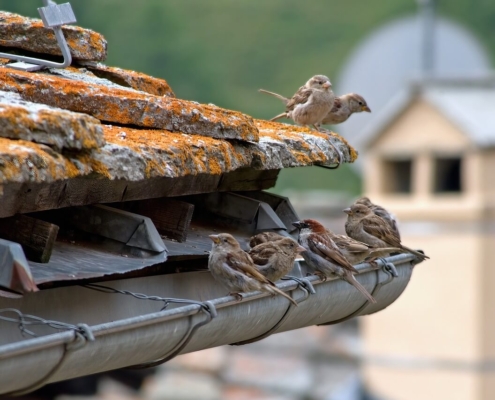
6 Most Common Gutter Problems to Look Out For
Gutter problems can affect your house & property. Let’s look at common gutter problems homeowners face & we will provide you with solutions for each!
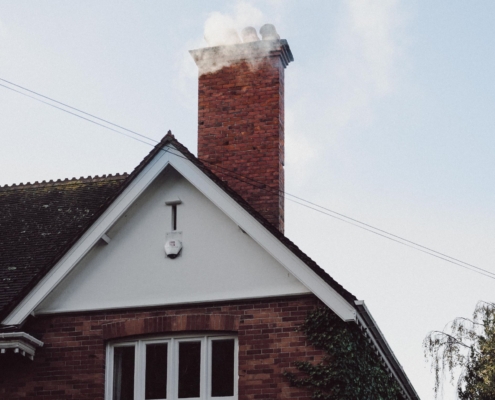
Chimney Cleaning for Different Seasons: What You Need to Know & Do
Want your chimney to work during winter? Taken care of it year round then. Discover what you need to know & do for chimney cleaning during different seasons!
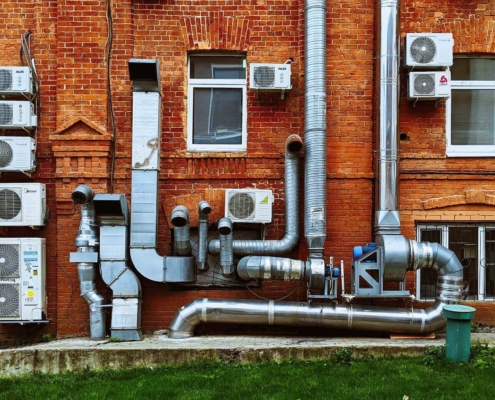
Moving into a New Home? 6 Reasons to Have the Air Ducts Cleaned
Moving into a new home? Clean the air ducts first. Discover six reasons to have the air ducts cleaned in your new home & tips on finding professional help!
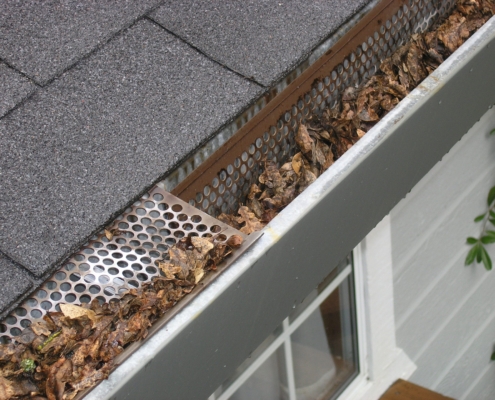
8 Consequences of Not Cleaning Your Gutters
Taking care of your gutters is essential for your home. Understand these eight consequences of not cleaning your gutters to protect your home & family today!

What’s That Smell? 5 Side Effects of Uncleaned Ductwork
What’s that smell? Is your HVAC producing poor air quality? See these five side effects of uncleaned ductwork, the dangers & learn how to fix these problems!

Heating & AC Maintenance Facts Homeowners Should Know
How do you keep your HVAC from breaking down? See these crucial heating and AC maintenance facts homeowners should know. Read our blog to learn more!
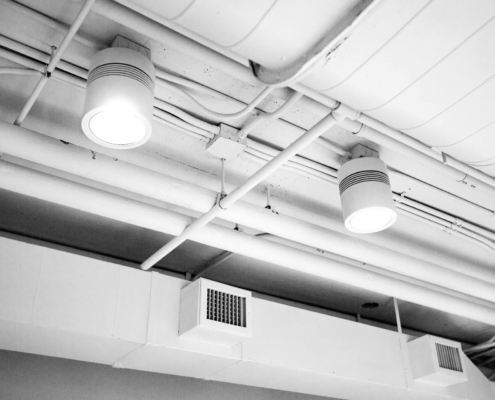
7 Common Air Duct Cleaning Questions Answered
Should air ducts be cleaned annually? Here are seven air duct cleaning questions, answered to know when to clean ducts. Read our blog to learn more!
